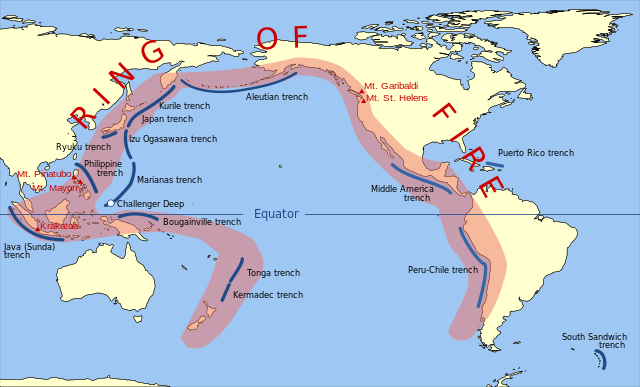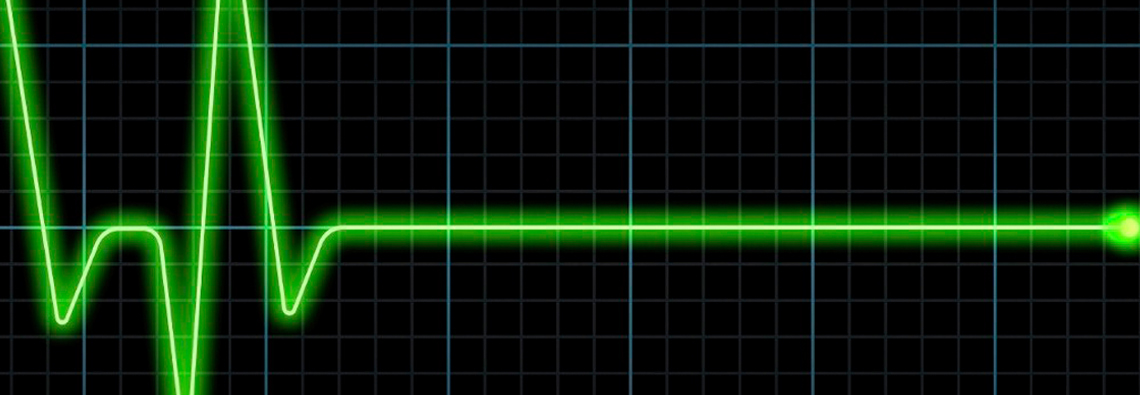By DiscoverTheOdds.com
Updated September 3, 2016
Hundreds of earthquakes happen every day around the globe and hundreds of thousands occur worldwide every year. When it comes to natural events, earthquakes occur relatively frequently, yet people are sometimes mystified when earthquakes hit close to home, are felt or leave noticeable damage.
Did You Know?
Scientists estimate that an average of 1,370 earthquakes happen around the world every day–that’s about half a million every year!

The Big One: The Odds of Large and Great Earthquakes
Large earthquakes (those of a magnitude of 6.0 or greater) comprise a small percentage of the total number of earthquakes that take place every year, which is why earthquakes only occasionally capture the attention of the general public. Nonetheless, thousands of earthquakes take place every year, so that the small percentage of large earthquakes amounts to a fair number of annual occurrences. Earthquakes belonging to this broad category of large earthquakes make up less than one percent of all earthquakes that occur but that means an average of about 160 earthquakes per year.
ARTICLE CONTINUES AFTER ADVERTISEMENT
In a given year, the chances of an earthquake being a major one (i.e. magnitude 7.0-7.9) are 1 in 35,714 and the odds of a great earthquake (8.0 or above) in a given year are 1 in 500,000. Based on the study of long-term data since 1900, about 17 major earthquakes and one great earthquake can be expected every year, according to the United States Geological Survey (USGS). However, earthquakes of a magnitude of 9.0 or above are relatively rare, occurring just five times since the year 1900, making the odds of a 9.0 or greater earthquake 1 in 11.4 million.
Where Earthquakes Strike: The Geographic Distribution of Earthquakes
About 90% of all earthquakes occur in the 25,000 mile long, horseshoe shaped zone that surrounds the Pacific Ocean, a zone commonly referred to as the “Pacific Ring of Fire.”
Map: The Pacific Ring of Fire

USGS Map: Seismicity of the Earth 1900-2012

Within the United States
A study of USGS data on earthquakes reveals that a total of 21,080 earthquakes of magnitude 3.5 or greater, took place in the United States from 1974-2003. Combined, the states of Alaska, California and Hawaii account for 88% of all of those earthquakes. In particular, the odds of an earthquake occurring in Alaska are 1 in 2, the odds of an earthquake occurring in California are 1 in 4 and the odds of an earthquake occurring in Hawaii are 1 in 14. Eight states appear on the bottom of the list with zero earthquakes: Connecticut, Delaware, Florida, Iowa, Maryland, North Dakota, Vermont and Wisconsin.
Sources:
1. “Earthquake Facts”. The United States Geological Survey. Retrieved 2014-05-08.
2. “Seismicity of the Earth 1900-2012”.The United States Geological Survey. Retrieved 2014-05-08.
3. “Top Earthquake States“. The United States Geological Survey. Retrieved 2014-05-08.
Image Credit: Flickr/Richard Walker



